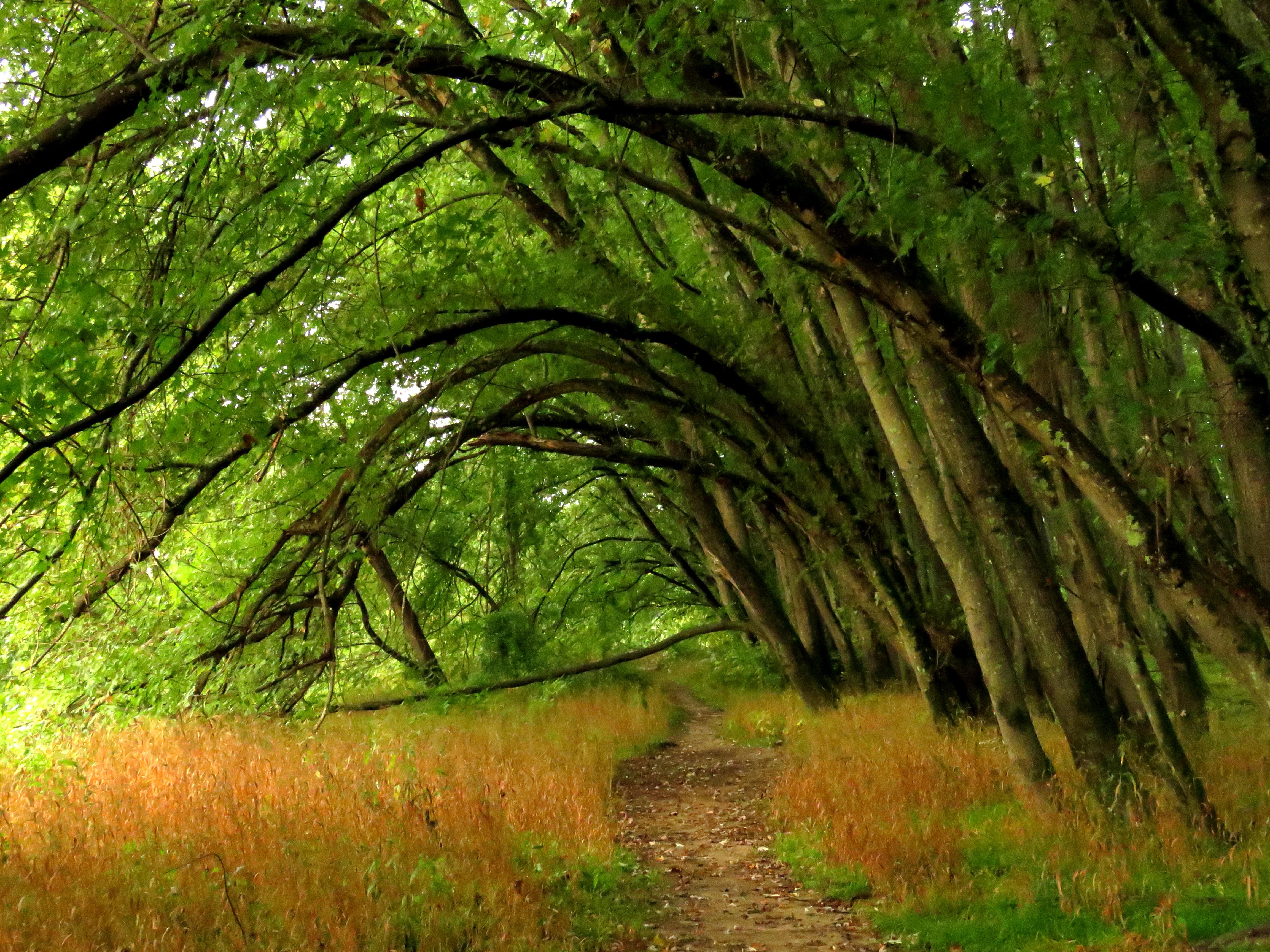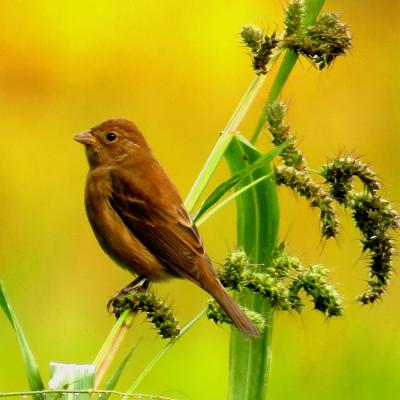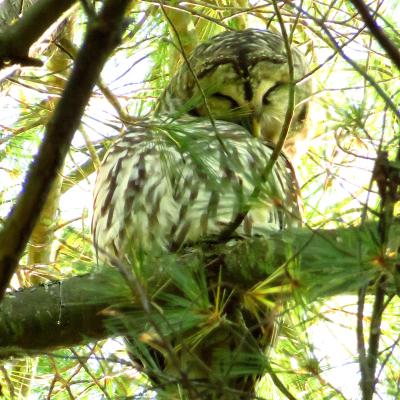
(Photo: Ellen Kenny)
October is peak foliage season and peak fall migration for many songbirds: the sparrows and last of the warblers in particular.
The past few weeks, huge numbers of songbirds moving through in mixed flocks of sparrows, goldfinches, warblers, wood and hermit thrushes and yellow shafted flickers are most conspicuous.

There seem to be gazillions of dark-eyed juncos — the snowbirds are harbingers of autumn. Recent returning yard birds include bluebirds, robins, blue jays — not seen much since late July and early August after fledging their young.
During the peak migration weeks, birds travel by night during high pressure systems. By day, they forage and feed in backyards, forests and fields, staging for the next leg of their southward migration. The movement south in autumn is a slower pace than in springtime when birds race north to claim the best nesting territories, sing to attract mates and begin the nesting season in May and June.

Fields are now full of ripe weed and grass seedheads and insects: ants, grasshoppers and crickets. Fall fruits and nuts include wild grapes, wild raisin, sumac seeds, poison ivy berries and high-protein acorns for resident turkeys and blue jays. Waxy fall fruits from wetland shrubs provide long-lasting fat and protein calories — like peanut butter — to sustain them in their journeys south.
The soundtrack of the second week of October includes the quavering songs of White-throated sparrows who breed across the White Mountain peaks. White-throats and other sparrows attempt partial spring songs or include juveniles practicing their singing skills as falling daylight levels trigger an autumn singing response; a symphony reprise.
In October, bluebirds arrive in large flocks — their plaintive “churr-rup” notes seem tinged with a little sadness compared to their March exuberance while claiming nesting boxes.
By day, barred owls hide on day roosts located in dense branches of white pines and other conifers. Owls must hide from the harassment and mobbing by crows, blackbirds, kingbirds and jays that all instinctively mob owls and other raptors to drive them from an area to protect their own nestlings during spring breeding season. The sound of angry crows by day often yields a view of a fleeing hawk or owl.
The Concord Merrimack River Floodplain receives other visitors: hundreds of Concord elementary students arriving for Project SEE habitat hikes. SNHU Botany students recently hosted a lab field trip to view forest communities. And, education programs and adult walks or hikes hosted by the Forest Society and others are peaking along with the foliage and fall bird migration.
